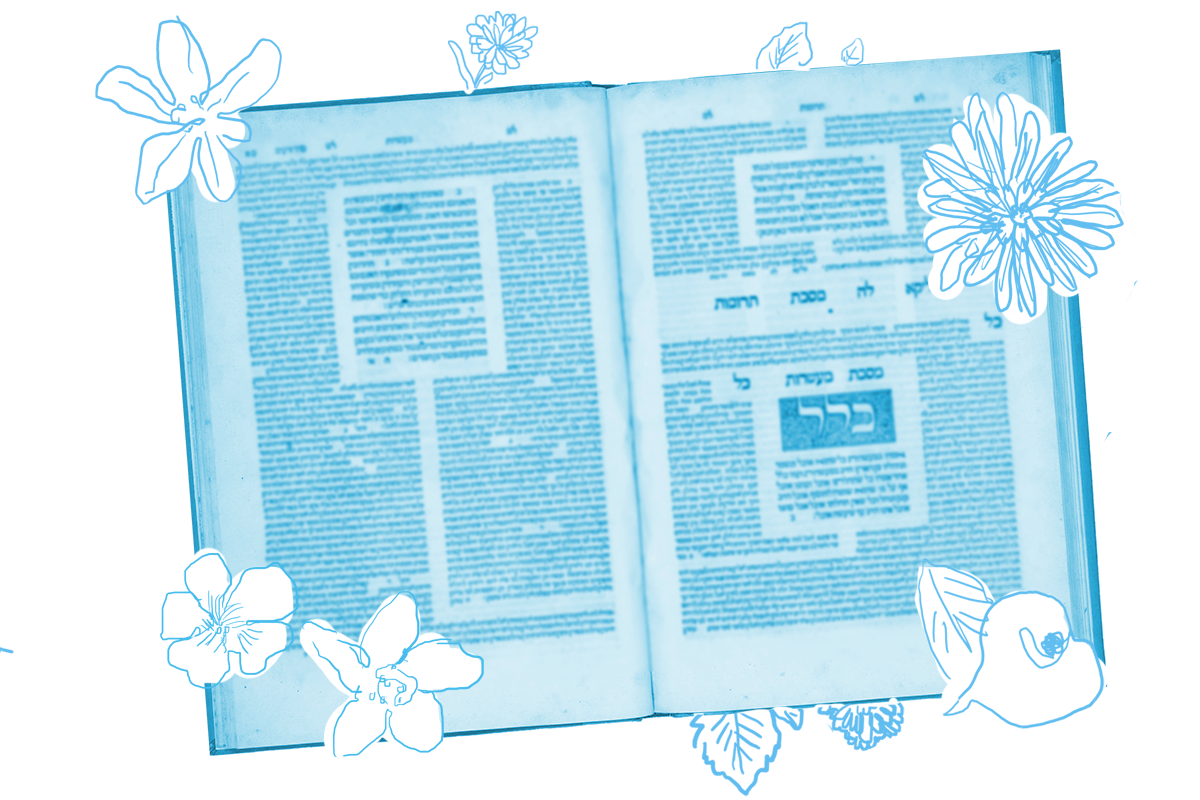When is a “man” not necessarily a man? When we’re on page 43 of Tractate Yoma, among many, many other places.
Traditional Hebrew, like many languages, is locked into a gender binary. People, objects, concepts, even verbs and adjectives, are linguistically either masculine or feminine, often in unpredictable ways. Why is “chair” masculine and “conversation” feminine? Who can say?
Issues around language and gender can arise even in English, where most words are not gendered. But in Hebrew, the absence of a gender-neutral term for an adult human being regularly poses challenges when trying to interpret traditional texts and determine if, say, the word “man” is intended to refer to justmales or to allpeople.
On today’s daf, we find ourselves in the midst of examining the ritual of the red heifer, an essential step in preparing materials that cleanse a person of certain types of impurity. The rabbis consider who is authorized to undertake certain tasks in this ritual on the basis of a verse that includes the word ish — literally, “man”:
“And a man [ish] who is pure shall gather up the ashes of the heifer and place them” (Numbers 19:9). The verse states “a man” to qualify a non-priest to perform this stage of the rite. The verse states “pure” to qualify even a woman to perform this stage.
For the purposes of this verse, a woman falls within the scope of an ish who is pure. As we’ve seen elsewhere, the rabbis have strong ideas about purity, with much of the conversation focusing on women’s ritual purity in connection with menstruation. Even if this mindset might not be reflected in many peoples’ thinking today, it helps us understand why they understand an ishwho is pure to mean any adult who is ritually pure.
The Gemara then records a disagreement over who is qualified to sanctify the ashes of the red heifer, as specified in a subsequent verse from Numbers 19:17: “And they shall take for the impure of the ashes of the burning of the purification from sin, and he shall put running water thereto in a vessel.” The disagreement stems in large part from the two different verb subjects in the verse: “they” shall take for the ashes and “he” shall put the water.
The rabbis understand the verse to be including women by focusing on “they shall take”:
The word “they” is understood as referring to those who perform the previous stage of gathering the ashes. The verse therefore indicates: Those whom I disqualified for you for gathering the ashes, I have disqualified for you also for sanctification; and those whom I have qualified for you for gathering the ashes, I have qualified for you for sanctification.
The rabbis deduce that because women qualify for the first task, gathering the ashes, they also qualify for the second, sanctifying the ashes.
Rabbi Yehuda disagrees. He looks at the two different verb subjects and comes to the exact opposite conclusion:
The verse states “and he shall put” and not: And she shall put. How do the rabbis interpret this verse? They assume that if the Merciful One had written: And he shall take…and he shall put, I would have said the rite is not valid unless one person takes and the same one puts the ashes in the water. Therefore, the Merciful One writes “and they shall take” to indicate that the taking and the putting need not necessarily be executed by the same individual.
Rabbi Yehuda reasons that the difference in the subjects is intended to teach not that women are permitted to sanctify the ashes, but rather that the one who sanctifies the ashes need not be the same as the one who places the water.
This entire disagreement might have been moot if Hebrew had a non-gendered word for an adult person. And in fact some intrepid linguists are putting together creative new ways to make modern Hebrew more gender inclusive and less binary. Such constructs might have helped us understand more clearly when we’re talking specifically about men and when we’re talking about all people. But the rabbis of the Talmud had no such constructs, so their powers of deduction will have to suffice.
Read all of Yoma 43 on Sefaria.
This piece originally appeared in a My Jewish Learning Daf Yomi email newsletter sent on May 24th, 2021. If you are interested in receiving the newsletter, sign up here.
The post Yoma 43 appeared first on My Jewish Learning.




